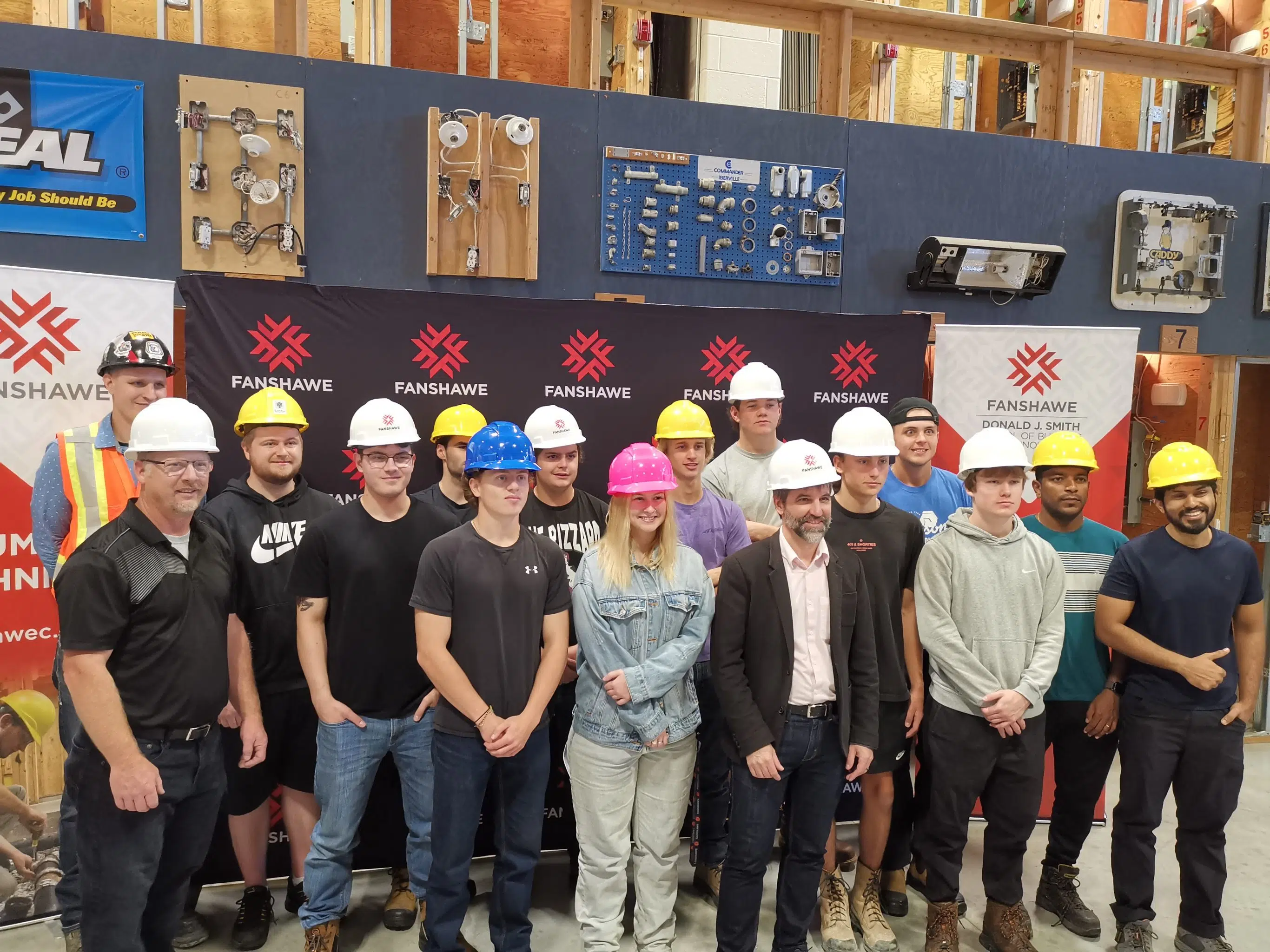On Sep. 13, Federal Environment Minister Steven Guilbeault visited Fanshawe College to discuss climate change and energy transition initiatives and the reduction of greenhouse gases (GHG) with students. According to Statistics Canada, oil and gas extraction represents 22.4 per cent of Canada’s total GHG emissions, while homes and buildings represent 13 per cent.
Guilbeault says that thanks to the increased GHG emissions, Canada has experienced extremely high temperatures, record wildfires and drastic climate changes lately. He adds that the only way to “make things right” is to let future generations of trade workers know where the future of sustainability is heading.
“What often gets lost in this topic is how vital the future generation is,” Guilbeault says. “The future trade workers are the ones who will help us build the buildings and the electrical and piping systems of the future, which will make us more resilient to climate extremes like we saw last summer.”
He says that making Canada’s buildings more energy efficient is one of the most cost-effective methods to lower greenhouse gas emissions and save money for consumers and companies.
Fanshawe Plumber Apprentice program coordinator Greg Van Bakel says it is an excellent opportunity for the students to see what is happening at a high government level.
“Being able to understand what is happening at the federal level, what the environment and what the future is going to hold for them is vital because that way they know what the industry would be looking for,” Bakel says.
Guilbeault states that the buildings that are going to be built in the coming years will be much more energy-efficient with a retrofitting system.
“Retrofitting should result in a more comfortable, healthier home with lower energy costs,” Guilbeault says.
He states that it “will not happen overnight” but that they are progressively replacing fossil fuels with clean technologies. He adds that is why they need trained people who understand and can be part of and contribute to that transition.
“With the current buildings, we are planning to do small adjustments like caulking windows, putting covers on plugs, covering water lines, and weatherstripping doors,” Guilbeault says.
Guilbeault adds that the end goal with current buildings is to remove outdated technology, such as the HVAC and lighting systems, and replace it with more effective technology.“
“We are looking at hundreds of thousands of jobs in the coming years in this sector,” Guilbeault says. “In terms of investment, job creation and projects, it will be a booming sector.”
Watch below for more details:


